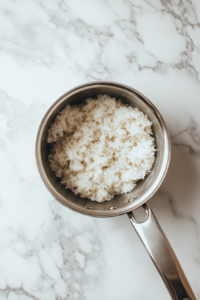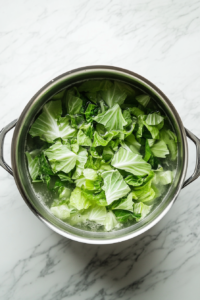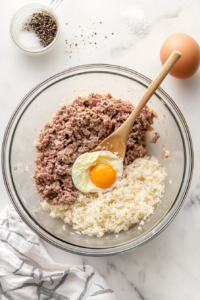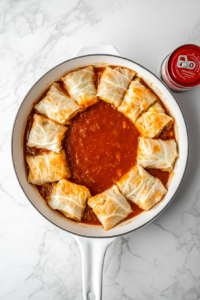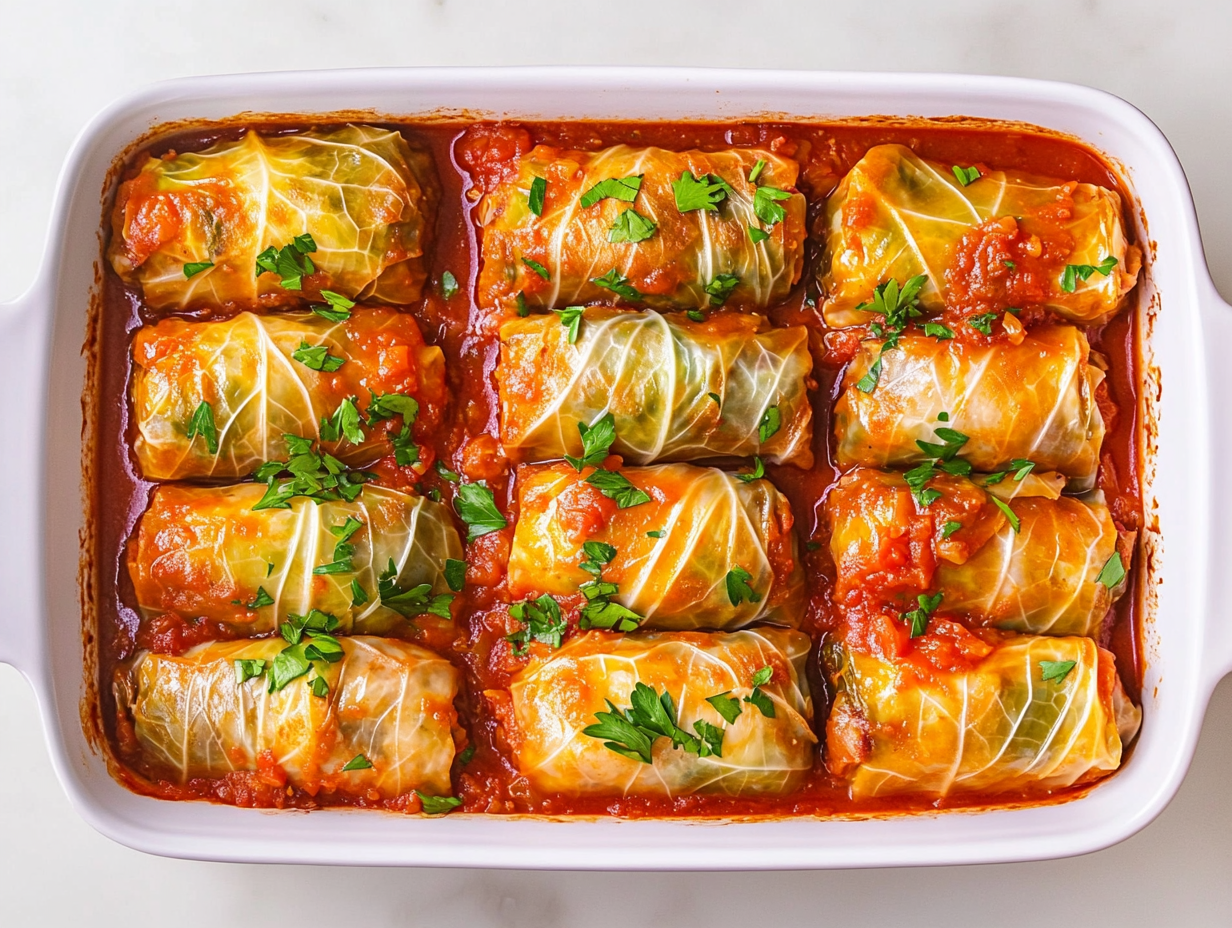Cook the rice: In a medium saucepan, bring water to a boil, add rice, cover, and simmer for 10 minutes until partially cooked. Set aside.
Prepare the cabbage: Boil a large pot of water, carefully remove cabbage leaves, and blanch them for 2-3 minutes until soft. Drain and set aside.
Make the filling: In a bowl, mix ground beef, chopped onion, egg, cooked rice, salt, and black pepper. Stir well to combine.
Fill & roll: Place 2 tablespoons of filling onto each cabbage leaf, roll tightly, and tuck in the sides.
Layer & sauce: Arrange the rolls in a skillet or baking dish, pour half the tomato soup over the top, and cover.
Cook: Simmer on low heat for 45 minutes or bake at 350°F (175°C) for the same time until the rolls are tender.
Serve & enjoy: Drizzle the remaining tomato soup over the rolls before serving.
